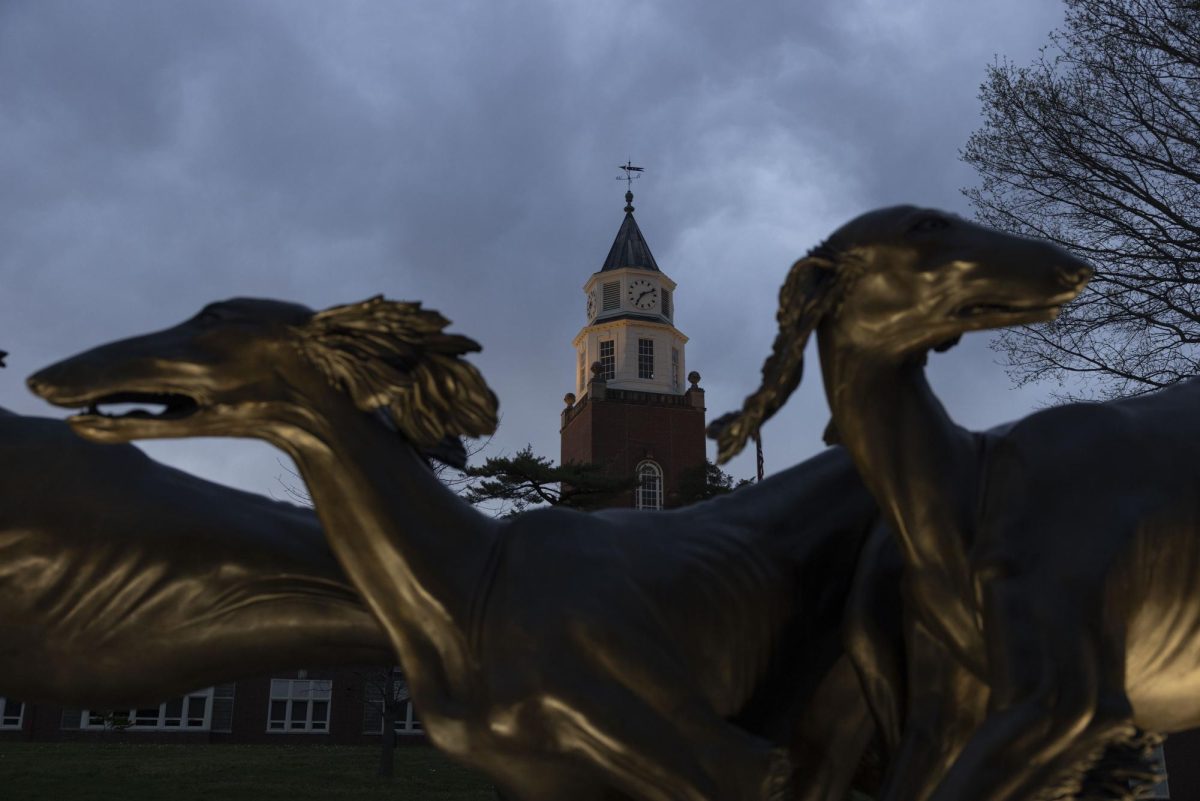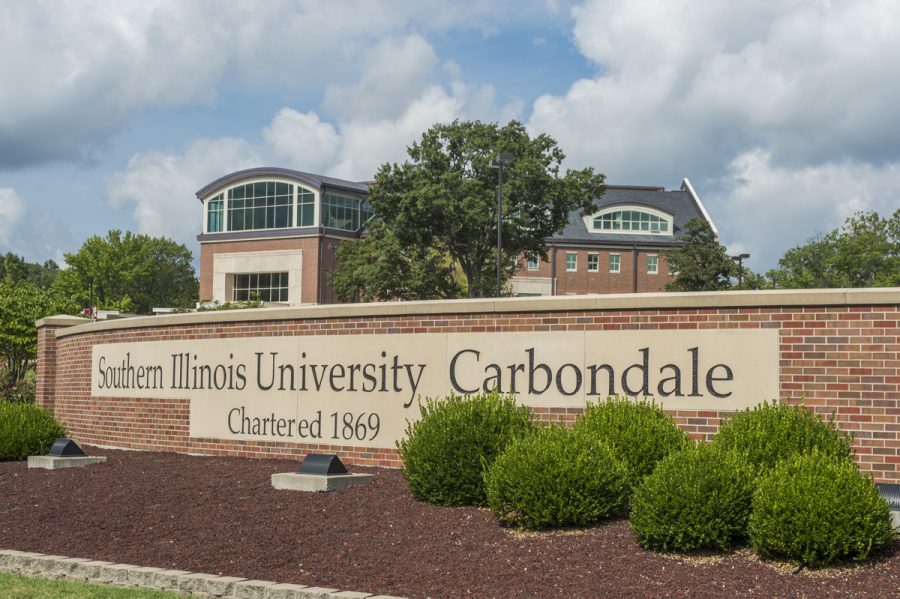SIUC loses $639,513 worth of property
February 2, 1996
Missing:$639,513 in University property.
Last year, 967 items valued at $639,513 were reported as lost or stolen in an annual inventory, Jeff Holder, SIUC controller, says.
Holder estimates that approximately 80 percent of the items reported missing are not actually stolen.
Advertisement
In my 12 years at SIUC, the majority of the items lost is due to someone not putting in the proper paperwork, he said.
The person responsible for inventory paperwork in each department is the fiscal officer, who is responsible for taking an annual inventory and recording items that are broken or borrowed by other University personnel.
Their job of doing the paperwork for broken and borrowed items is probably a low priority because they have many responsibilities, he said. They often forget to fill out the paperwork, for example, when a chair is borrowed or broken.
When broken and borrowed items are not recorded, the annual inventory shows the items as missing, Holder said.
Student Development Accountant Steve Harris, who is responsible for inventory in Student Development, said the majority of items missing from his department were not stolen.
Our department is very scattered over campus, and people do not report every item that has been moved to another place, Harris said.
Because there are many fiscal officers and departments across campus, a few missing items in each department can add up quickly, Holder said.
Advertisement*
When you look at $639,513, it looks like such a big number, Holder said. But when you look at the total value of University moveable equipment, which is over $100 million, less than 1 percent of the property is missing.
Holder said while the overall amount of missing property is small, SIUC has seen a substantial increase in missing property. The value of missing items has doubled in the past two years, he said. The 1995 inventory showed $639,513 in missing property and the 1993 inventory showed $303,807 in missing property.
Holder said part of the $639,513 figure may be attributed to the monetary value assigned to a missing item. The monetary loss listed for each missing item is the original cost and not the depreciated value, he said.
For example, through SIUC inventory procedures, a chair that cost $200 when it was purchased in 1980 may be valued at $30 today after wear, but the inventory would list its original value of $200, Holder said.
To possibly prevent another large increase in missing items, Holder said the Controller’s Office is beginning to implement new inventory methods that will generate a more accurate inventory.
An accurate inventory is important because it ensures the state that there is proper accountability of University and state resources, Holder said.
A new inventory method involving the use of barcodes and hand-held scanners began 15 months ago and is used in some large departments, he said.
Currently, taking inventory is a slow process involving the recording of serial numbers from metal tags placed on each University item valued at greater than $100, he said.
With bar-coding, it allows us to expedite the taking of inventory and get a much more accurate reading, Holder said.
. The barcoding method will be implemented in all departments within the next 18 months, he said.
Holder said the cost of implementing other safeguards, such as tougher security, would probably outweigh the benefits.
You have to look at the cost-benefit analysis, he said. How much more would it cost to decrease the number of missing items?
You have to take reasonable control to safeguard University equipment. But it’s difficult to assume absolute control because it is such an open campus.
Holder said some departments have insurance to cover theft losses, but most departments insure only expensive equipment, such as computers and scientific instruments.
It’s not likely that someone will steal office furniture, so most departments will not have insurance covering office furniture, Holder said.
Each department pays a premium to SIUC for specific items they want covered by insurance, Richard Davis, SIUC insurance risk manager, said. Approximately 14,000 items worth an estimated $15 million are insured through SIUC, he said.
SIUC has been self-insured since 1985, Davis said.
We changed to self-insurance because we could not find coverage at a reasonable price, Davis said. From our standpoint, self-insurance is a better plan because we have a low crime rate and buildings that are in excellent condition.
Advertisement








